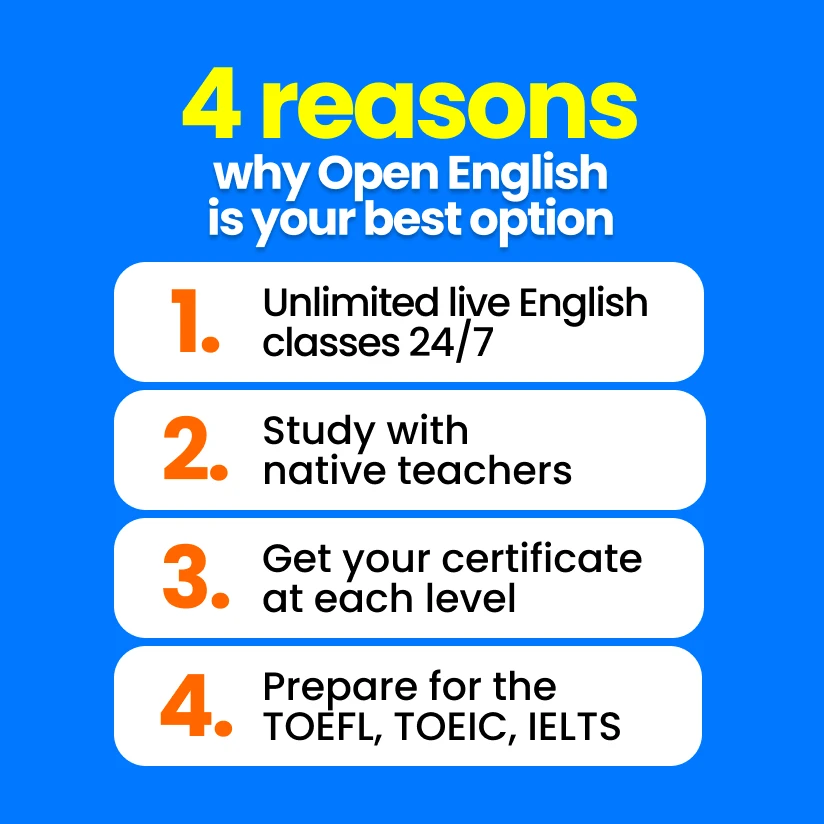Narrative
The Golden Circle
WHY
Change people’s lives. Our purpose is to reinvent the learning of English, using technology to break down the barriers imposed by traditional teaching methods.
HOW
Giving people the accompaniment and support that only a native teacher, who understands their goals and obstacles, can give them; . through the latest technological resources.
WHAT
A 100% online course, with unlimited classes, native teachers available 24/7, technological tools, practices and preparation for official exams such as IELTS, TOEFL and TOEIC.
Personality
The Open English difference
The human component. Apart from offering the technological tools, which hundreds of methods, applications and language learning platforms offer, we stand out for putting an expert team at the service of all of Latin America . and very human, from native and bilingual teachers who adapt to the pace of any student, understanding that learning a language requires expert support, patience and a lot of motivation. Because of the above, it is worth asking, how do we want the world . see us?
Fun
We are fun and very good conversationalists, you will never get bored with us. Learning English can be fun, for this reason, we can play with the different situations and experiences that a person can have when learning a new language. We laugh with them, not at them.
Human
We understand users, we know what they feel and what they want. We show empathy and willingness to listen to your needs and concerns. For this reason, we create a welcoming and safe environment where they feel comfortable sharing their experiences and challenges in the English learning process.. We will always be your fans, ready to renew your hope and encourage you to believe in yourself.
Achievable
We motivate them to strive and be determined;. We are with them to help them make goals that seem overwhelming more achievable and to lighten the path towards learning a new language.
If Open English Were…
A celebrity: Jimmy Fallon

With his humorous style and ability to connect with his audience, Jimmy would be the perfect partner to make the process of learning English fun and exciting.. His positive energy, creativity, and willingness to laugh at himself are contagious and inspire students or new students to feel comfortable and motivated to actively participate in their learning.
A vehicle: an electric scooter
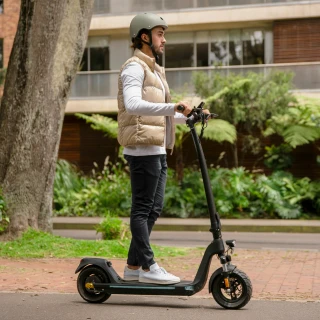
Who needs limitations? . The Electric Scooter is faster and without baggage towards mastering English. Adapts to life, no matter the place. Being technological, it is comfortable, saves time and is fun. It always accompanies people and is practical to carry. With its incredible flexibility, the Electric Scooter becomes the best ally to conquer English while enjoying the road.
A song: On top of the world, by Imagine Dragons

Because it talks about that dream moment in which we finally achieve our most desired goal.. It conveys the hope of awakening our full potential and achieving goals, despite obstacles and defects.. It talks about changing our lives towards what we have always wanted.. Not to mention that it has a happy melody that inspires pride and optimism.. Listen to it
Brand Voice
Our voice is the voice of our consumers who have the ability to accept their mistakes and even laugh at them and start again. At Open English we believe that communication should be clear, simple, convincing, with a tone that connects with our audience.. Our brand is a symbol of hope and opportunity, speaking in a casual and fun tone.
Humor
We are funny, we have the spark to make our users laugh. We laugh with them, but we never make fun of them.
Motivation
We understand them. We know it is not easy and we applaud your effort. We always encourage them to persist in their learning process with words of encouragement. We are your friends, we speak clearly, with a good attitude, but direct.
Practical
We are realistic, we know that to be bilingual you need perseverance and we want to encourage it. We are focused on solving problems. We never abandon them on the road. Always attentive to our users, putting in their hands tools such as live classes, interactive practices, Artificial Intelligence and preparation for international exams, so that they acquire the 4 basic skills of English: listening, speaking, reading, writing.
Voice with Humor
Verbal Humor
It relies on wordplay, clever and witty use of language, and clever jokes to provoke laughter.. This includes puns, jokes, one-liners, and humorous anecdotes.
Situational Humor
It arises from everyday circumstances or the context of a specific situation that is funny. It differs from the previous one, since these situations are born in real life and people’s experiences.. It usually implies incongruence between expectation and reality, misunderstandings or absurd situations.
Observational Humor
Derived from keen observations of everyday life, human behavior and social interactions. Comedians often highlight the absurdities or idiosyncrasies of mundane situations to provoke laughter.
Self-Deprecating Humor
It involves laughing at oneself, acknowledging one’s flaws, mistakes, or quirks in a cheerful way.. Can help create a sense of identification and humility.
Si
- Fun
- Enthusiastic
- Creative
- Very social
No
- Boring
- Rigid
- Insensitive or mocking
- Heavy
Funny Humor
- Haha you made me remember “de buks on de teibooool”
- How funny you are!
Enthusiastic Humor
- Are you a whiz in the classroom? Join us and keep dazzling us!
- Keep studying so you can achieve your goal.
Creative Humor
- Andrés gave me life, you gave me the desire to live it.
- You will never learn.
Humor Social
- ¡Hello! Someone is calling me. What am I good at?
- ¡Hello!!
Voice with Motivation
Yeah
- Inspiring
- Encouraging
- Empowered
- Optimistic
No
- Arrogant
- Negative
- Destructive
- Pessimistic
Inspiring Voice
- Don't give up! Remember that Shakespeare didn't write his plays overnight.
- Come on, keep studying.
Encouraging Voice
- Keep up the good work! Your progress has been incredible. Keep up the good work!
- Good job, not bad at all.
Empowered Voice
- With every word you learn, you become an English warrior.
- If you don't study English, you won't be anyone in life.
Optimistic Voice
- Imagine all the fun dates you'll have in English if you start learning today.
- If you continue like this, you won't make it.
Practical Voice
Yeah
- Realistic
- Resolute
- Companion
- Rational
- Direct response
No
- Fantasy
- Complicated
- Selfish
- Impulsive
- Insistent
Voz Realista
- ¡Este es tu plan de estudio de esta semana, síguelo y avanza a paso firme!
- Con este plan de estudio serás bilingüe a final del mes, ¡Síguelo!
Voz Resolutiva
- Esta vez no lo lograste, pero recuerda que barba no es “bear” sino “beard”.
- No podemos cambiar de estrategia, porque no funcionará.
Voz Compañera
- Estamos orgullosos de todo lo que hemos logrado juntos, ¡pronto serás bilingüe!
- Seguir tu camino depende únicamente de ti. ¡Ponle esfuerzo!
Voz Racional
- Sabías que un profesional bilingüe gana aproximadamente 25% más que uno no bilingüe.
- ¡Qué esperas toma ya esta clase en vivo! Si no lo haces nunca aprenderás.
Voz Respuesta Directa
- Aprovecha esta oportunidad y cambia tu vida
- Aprovecha ya, que solo te quedan segundos para aprovechar esta oportunidad única de tu vida.
Voice in Channels
Yeah
- Funny
- Positive
- Reliable
- Ironic
- Joyful
- Motivating
- Nearby
- Human
No
- Childish
- Vulgar
- Disrespectful
- Contemptuous
- Negative
- Serious
- Cheesy
- Arrogant
In general terms, the tone and style of communication must be adapted to each platform to resonate with different audiences and maximize the impact of our brand.
Escala de Formalidad
Ejemplos
Si
- ¿Eres uno de nuestros estudiantes? Porque se nota que sabes. 🥳
- Unos cuantos ejercicios extra y hablarás con naturalidad como un nativo. 🎙️🗣️
- ¿Te copiaste de Wachu? Cree en tus capacidades y sigue estudiando, ya casi lo tienes. 😉
- Se nota que has estudiado, sigue así y conseguirás un nativo como novio. 😎
- ¿Tuviste que mirar los comentarios para saber la respuesta o en serio lo sabías? 🤔
- ¿Miraste en el traductor o ya has subido de nivel? 😉
No
- Lo estás haciendo bien, sigue estudiando.
- Qué buena respuesta.
- Te equivocaste, no sabes inglés.
- El inglés no es para ti, trata otro idioma.
- La respuesta está equivocada, sigue estudiando.
- Que bien, gracias por comentar.
Audiencia
- Estados Unidos, México, Perú
- Edad: 25-34
Tono
Tono informal, casual, energético, divertido y humorístico.
Estilo
Los videos deben enganchar en el primer segundo. Nuestros videos deben ser creativos, con chispa y muy visuales. Es recomendable que los contenidos sean cortos, rápidos y directos.
Contenido
Para desarrollar contenido en esta red es bueno fijarse en las tendencias del momento: desafíos virales, música popular, hashtags con más publicaciones. También se recomienda hacer contenido con el que el público quiera interactuar como encuestas y retos divertidos (retos de baile, trabalenguas, etc)
Ejemplos

Audiencia
- Estados Unidos, Colombia, México
- Edad: 25-34
Tono
Motivador y aspiracional, tanto el lenguaje, como el contenido, deben inspirar a la gente y hacer que les dé ganas aprender inglés con nosotros.
Estilo
El contenido debe sentirse nativo de la plataforma y orgánico tanto en los textos como en las imágenes. Es bueno inspirarnos mucho en las anécdotas e insights de la audiencia, tanto para generar contenido divertido que los enganche, como para hacer contenido útil y educativo que de verdad esté dentro de sus intereses.
Contenido
Es bueno hacer historias y reels dinámicas, que sean cortas y dinámicas. El contenido con influencers es clave, de modo que se sienta lo más orgánico posible
Ejemplos
Audiencia
- México, Colombia, Perú
- Edad Mujeres: 35-44 años
- Edad Hombres: 25-34 años
Tono
Cercano, informativo y conversacional.
Estilo
Debemos proporcionar información útil que genere conversación. Los textos deben invitar al usuario a interactuar.
Contenido
El contenido educativo funciona porque es relevante para las personas. El contenido debe generar identificación en la audiencia, por eso es bueno tener en cuenta insights de la audiencia. Es bueno tratar de contar noticias y blogs que resuenen, como testimoniales y casos de éxito. También funcionan contenidos informativos que respondan a las preguntas y necesidades específicas de los seguidores, como métodos de pago, features de la plataforma, etc.
Ejemplos
Escala de Formalidad
El nivel de la escala de formalidad depende de la cuenta y personalidad del influencer. Es bueno darle indicaciones precisas de manera que entienda con claridad lo que se quiere realizar. Sin embargo, hay que mantener una cierta flexibilidad, para que él pueda interpretar la idea dentro de su estilo personal.
Ejemplos
Si
En este reel, el influencer realiza un sketch humorístico en el que interpreta diferentes situaciones cotidianas en las que el dominio del inglés juega un papel clave. Puede simular conversaciones telefónicas absurdas con personas que no hablan inglés, o representar situaciones cómicas en las que el malentendido del idioma lleva a situaciones hilarantes. El objetivo es entretener a los espectadores mientras destacan la importancia del inglés en la vida cotidiana, de una manera divertida y accesible.
No
El influencer sale en un video diciendo que está estudiando en Open English y que aprovechen el descuento.
Escala de Formalidad
Tono
Directo, conciso, atractivo, cercano y divertido.
Estilo
Usar verbos impositivos, para tener CTA directos. diseño limpio, textos cortos que no haya muchos elementos en cada pieza para facilitar su comprensión. Los beneficios deben estar claros y debe tener FOMO (Fear of Missing out) y sentido de urgencia.
Ejecución
Estas ejecuciones deben estar enfocadas siempre en convertir. Estos ads pueden ser promocionales, de manera que la promo del momento sea lo que más se destaque o genéricos, que haga uso de insights, outcomes (metas) y pain points de la audiencia con respecto a Open English directamente, no solo al aprendizaje de inglés.
Ejemplos
Tono
Para el caso de TikTok, Instagram y Facebook, el tono es el mismo que ya se explicó anteriormente, con la diferencia de que cuando sean contenidos para pauta, deberían enfocarse más en la conversión. Por lo mismo es necesario que tengamos CTA contundentes, presencia de marca, incluso es bueno que nos apalanquemos de fechas especiales (efemérides) y herramientas nativas de la plataforma, que nos sirvan para convertir.
Estilo
Usar verbos impositivos, para tener CTA directos. diseño limpio, textos cortos que no haya muchos elementos en cada pieza para facilitar su comprensión. Los beneficios deben estar claros y debe tener FOMO (Fear of Missing out) y sentido de urgencia.
Ejecución
Estas ejecuciones deben estar enfocadas siempre en convertir. Estos ads pueden ser promocionales, de manera que la promo del momento sea lo que más se destaque o genéricos, que haga uso de insights, outcomes (metas) y pain points de la audiencia con respecto a Open English directamente, no solo al aprendizaje de inglés.
Ejemplos
Ejemplos
- Usar un tono empático que ponga a la marca del lado del lector para que la lectura sea interesante y genere engagement: “Tres historias, un mismo sueño: vivir una experiencia en el extranjero”
- Escribir sin tener en cuenta los insights del lector, sus metas y desafíos, con un tono frío, lejano que no genere identificación: “Así es la vida en el extranjero para un profesional”
- Es bueno que el tono sea conversacional para procurar la cercanía, como si estuviéramos contándole una historia a un amigo: “¿Qué tienen en común un arquitecto, un profesor universitario y un joven médico? A primera vista, nada. Pero conociendo un poco de la historia de cada persona…”
- Evitar ser demasiado formal o impersonal, ya que esto puede aburrir y alejar a los lectores: “Simple Past del inglés: uso, estructura y conjugación”
- Mostrar entusiasmo y contagiarlo a los lectores. Un tono entusiasta puede motivar a los lectores a involucrarse más con el contenido. Mantener viva la capacidad de asombro: “Lo que me motivó a estudiar inglés es que quiero viajar por el mundo, especialmente a Europa, por los edificios, la historia, eso realmente me agrada”
- Evita hablar hacia abajo o subestimar a los lectores. Hablarles sin condescendencia y reconoce su inteligencia y experiencias: “Ahora te vamos a explicar por qué es necesario aprender inglés para viajar a Europa, para que tengamos la certeza de que hablamos de as mismas motivaciones”
Ejemplos
- Es bueno personalizar los textos, de manera que el usuario sienta que nos dirigimos puntualmente a él: “Jorge, aquí tenemos un regalo para ti…”
- No personalizar los textos en ningún momento: “¡Hola a todos! Tenemos un regalo que las personas pueden reclamar haciendo clic…”
- Es bueno usar un tono cercano, amigable, que inspire comodidad y confianza: “Escuchamos a nuestra comunidad y les damos lo que quieren, por eso ahora tienes profesores bilingües desde los niveles 1 y 2 de tu curso”
- Ser demasiado formal o distante, y en su lugar, opta por un tono más conversacional: Informamos a la audiencia que en los niveles 1 y 2 respectivamente, encontrarán la opción de profesores bilingües para estudiar con mayor confianza”
- Cuando sea el momento de hablar de la promoción o beneficios, es bueno generar sentido de urgencia, ser direct response en los Call To Action y despertar en el usuario una sensación de FOMO:”aprovecha esta oportunidad y cambia tu vida”
- Dar instrucciones poco claras, que no sean accionables, permitir confusiones o que el llamado a la acción no sea directo: ”Aprovechar una oportunidad como esta te podría cambiar tu vida”
Style
Slang
Colloquial expressions in any language help the brand move away from the realm of formality and generate closeness. However, they should be used at appropriate times and without exaggeration, when you need to connect with the audience, through funnier language.. In moments where it is necessary to inspire trust, the recommendation is to use clear and direct language, without embellishments.
Situations where we can use colloquial language to be more fun
1. Teaching slang in English
When we are teaching slang in English to our students so that they learn to speak like natives.
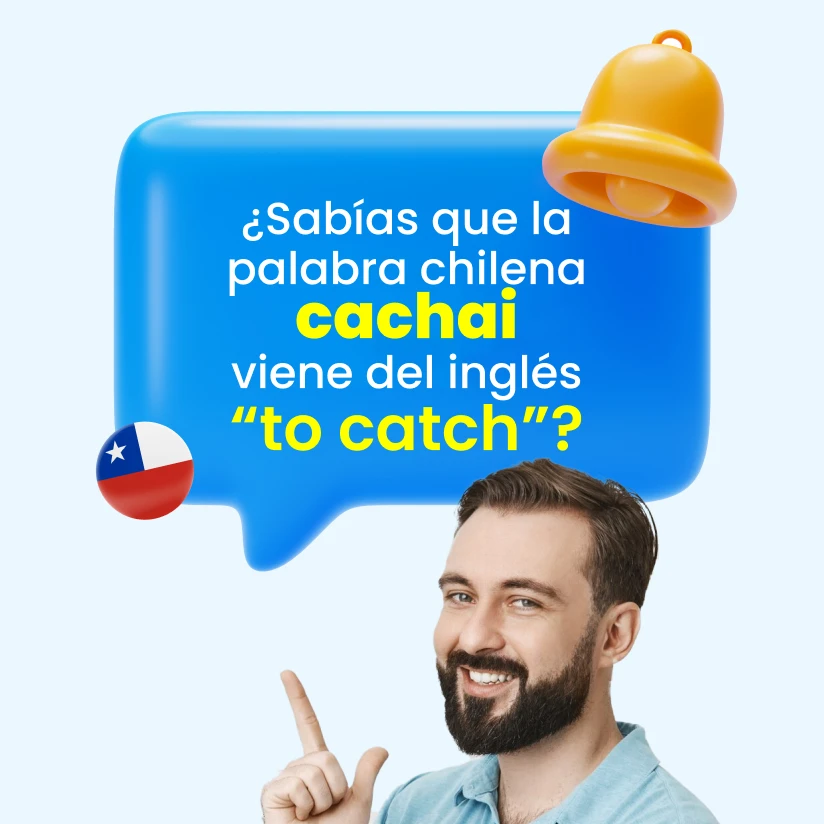
2. Addressing a region or country
When we want to target a specific region or country and to connect with the local audience. These are two examples:
- México: Chido
- Colombia: Chévere
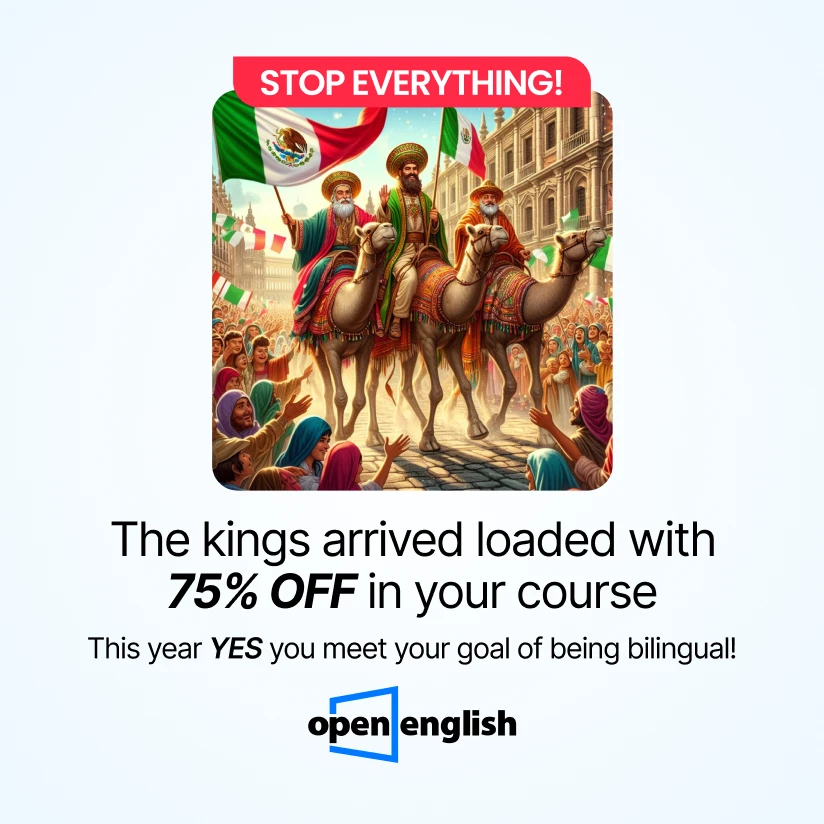
3. Addressing us closely
When we want to be closer to the general audience and connect in a fresher way.
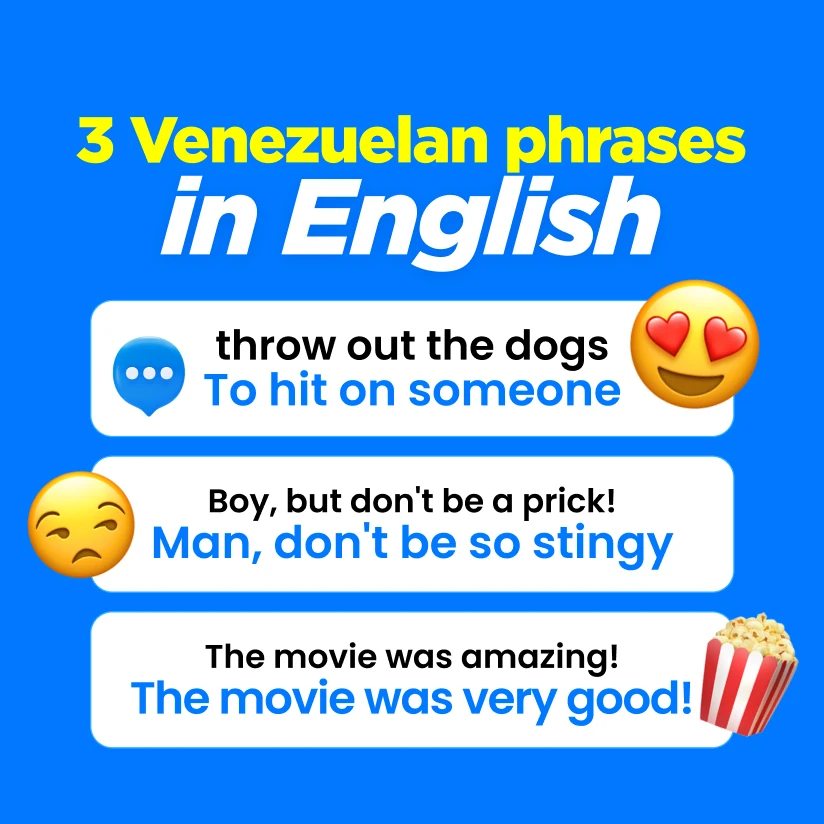
Situations where we must be clear and direct
1. Messages related to customer service
Example: Hello, Juan. Your application is already in process. As soon as we have an answer, we will share it with you.
2. Messages related to PQRs
Example: Hello, Carlos. We are doing our best to give you a solution as soon as possible.
3. Messages from professors and the academic area
Example: I suggest you practice a little more the pronunciation of certain words that will help you level up. Try some tongue twisters that will make practice more fun.
NOTE:
It is key to understand that although we use slang and colloquial expressions from each country and region, we must ensure two things:
- That they are perfectly understandable for the audience in question.
- That they are not aggressive, street or in bad taste, in a way that could be detrimental to the reputation of the brand or make users uncomfortable.
Style recommendations
You, not you
In order to generate closeness, it is recommended to talk about yourself, whether we are referring to leads or students.
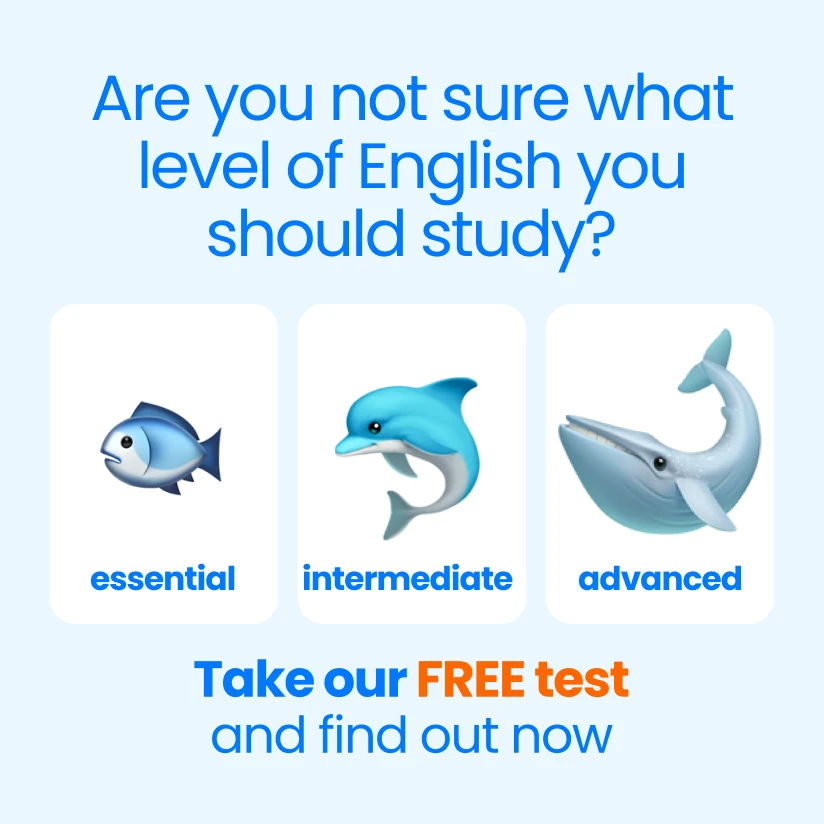
Anglicisms
It is good to use expressions in English even if we are speaking in Spanish. These expressions must be easy to understand for the Spanish-speaking public; . However, it is good to be measured, we do not want to appear arrogant or incomprehensible.
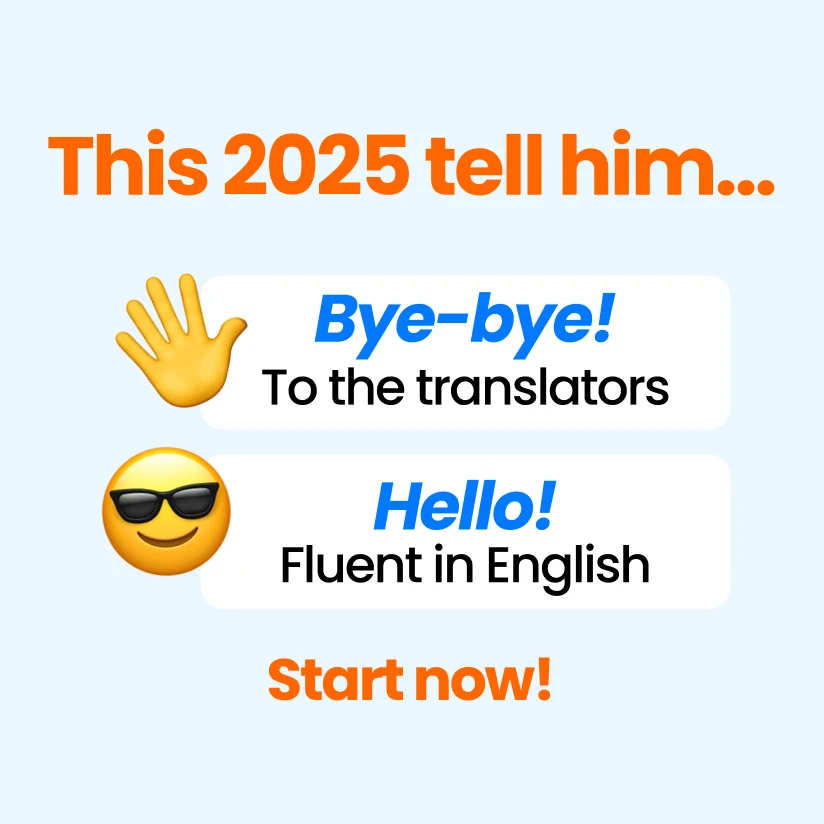
Emoji
Yes, but not all. Avoid emojis that are so serious that they can give you a boring feeling, for example:✔️➡️📈1️⃣📩
Examples
Point of view
We speak in plural, as a team. Even in personalized emails, we must speak as part of the Open English team to give the feeling of support.
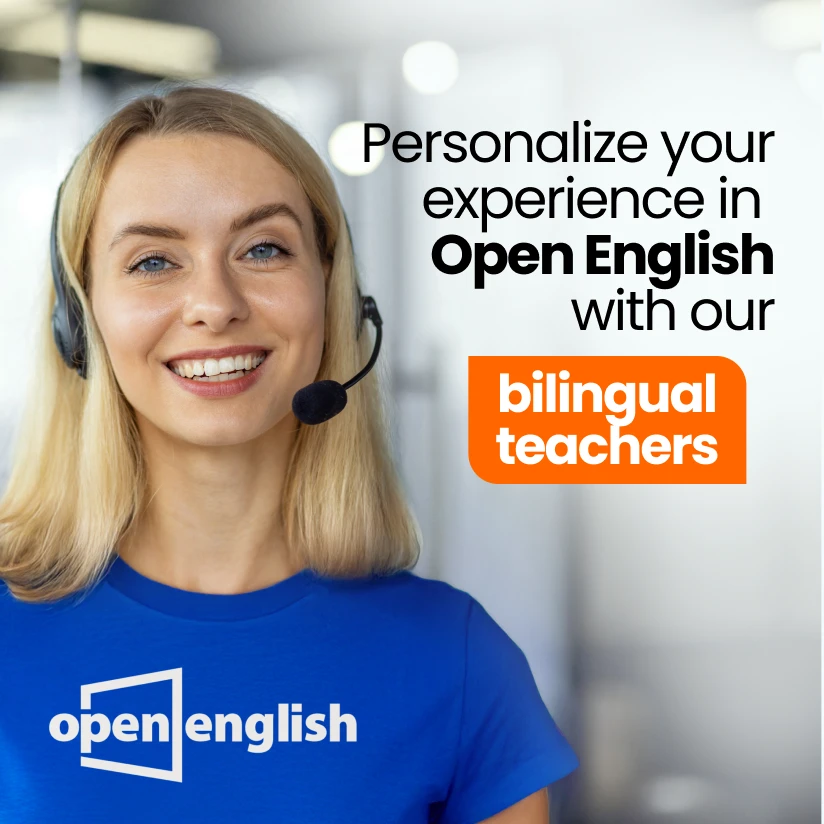
Take care of spelling
Whether in Spanish, English or any other language, we must write correctly, with good spelling and syntax, according to the established recommendations and standards.
Technicalities
Only in case they are necessary to make us understand better.
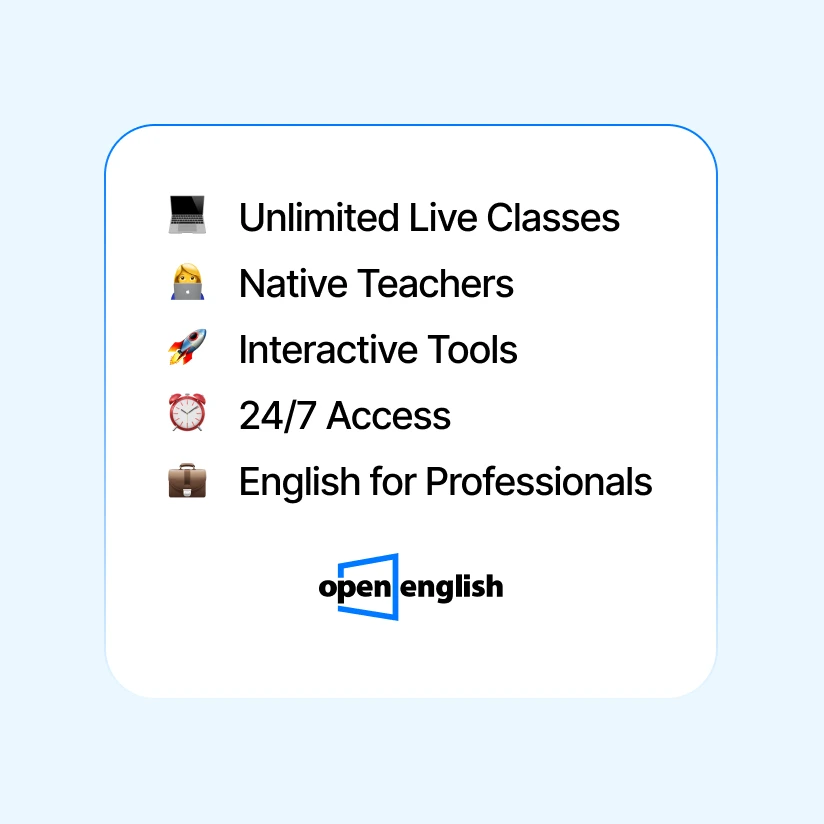
Forbidden words
Only rudeness, sarcasm and pejorative expressions are prohibited.. For the rest, we just have to make sure we are clear.
Paragraphs
Short, well-punctuated sentences. Make sure the wording is precise.
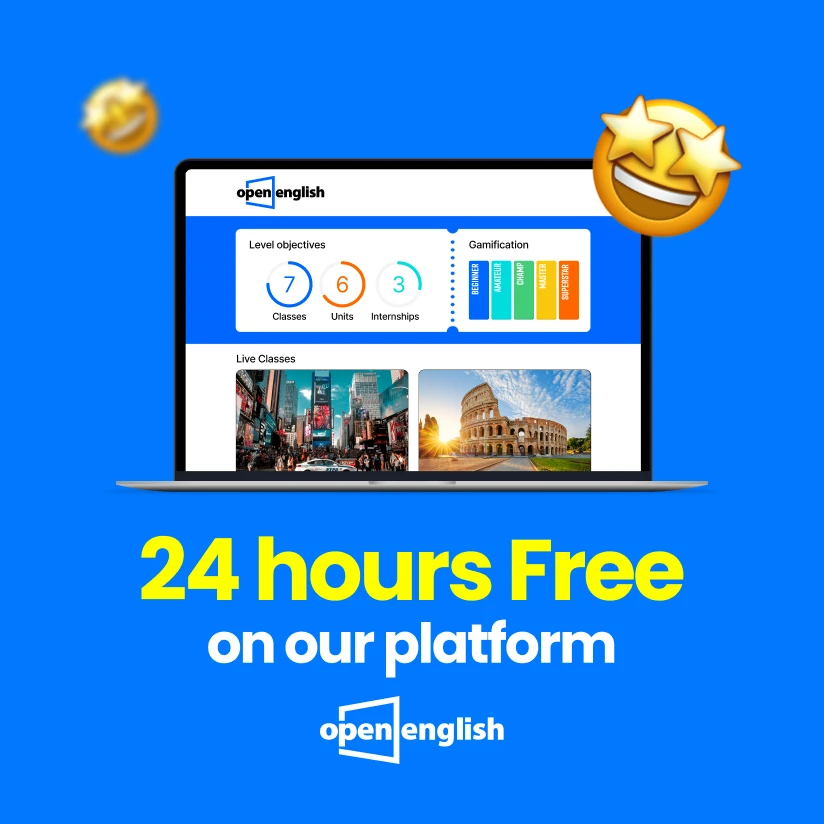
Promotional names
Both the brand and promotional names are recommended to be used with capital initials to stand out from the rest of the text.. Example: Special Offer. Black Friday. Open English.
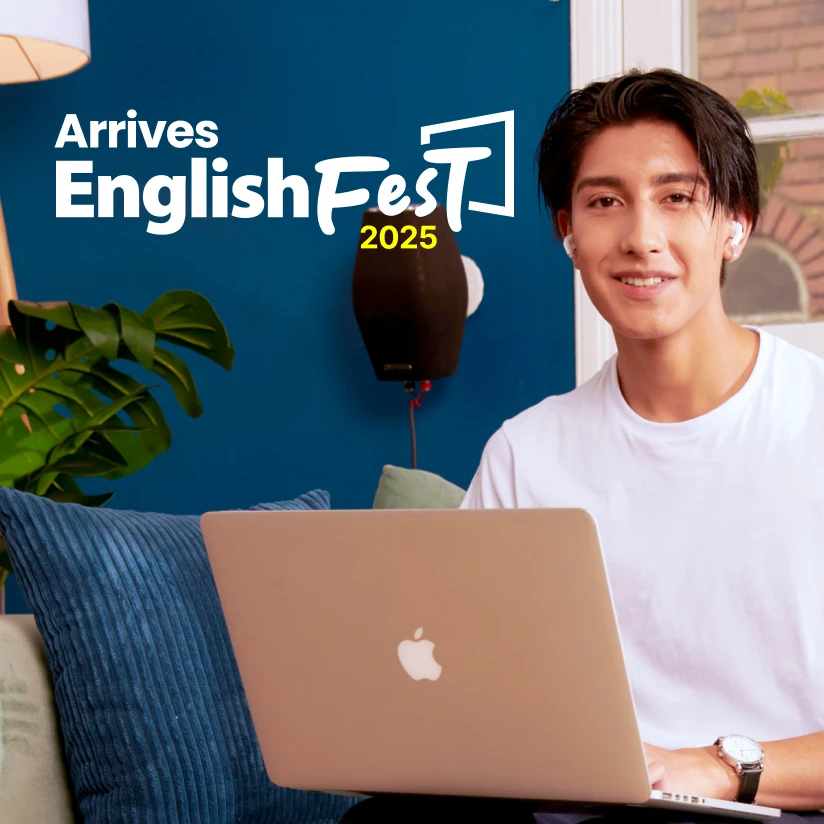
Numerals
Preferably, it is recommended to use numerals in digits instead of using them in letters, because it makes it easier for the reader to understand the text.
